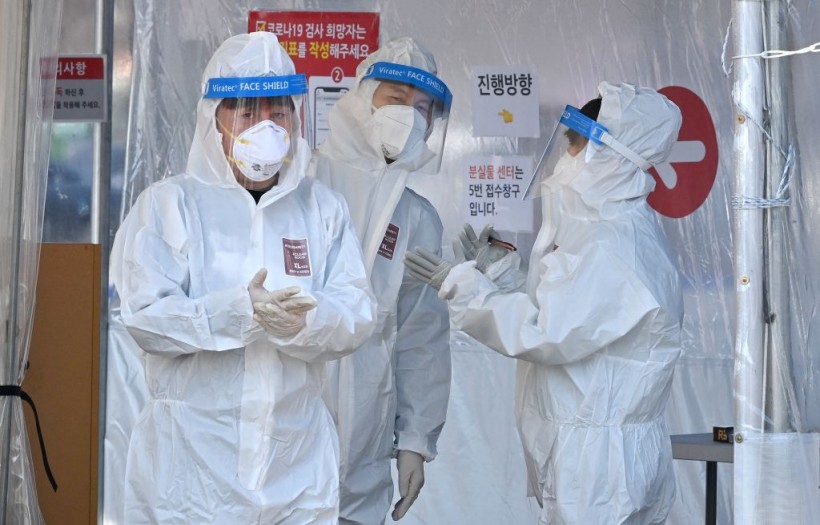COVID-19 cases may be declining in number in many parts of the world but according to the World Health Organization, the pandemic is far from over.
As indicated in an AFP report via Yahoo! News, the WHO's Director-General Tedros Adhanom Ghebreyesus said Wednesday, two years after he initially used the term "pandemic" on March 11, 2020, to wake the world up to the developing threat of COVID-19, it still, isn't ending.
Two years on, he lamented how the disease was still evolving and surging in some countries all over the world. The WHO declared a "public health emergency of international concern," the highest alarm level in the regulations of the United Nation health agency, on January 30, 2020, when, outside of China, lesser than 100 COVID-19 cases and no deaths had been reported. Nevertheless, it was only the use of the term "pandemic" six weeks on that appeared to shake many countries into action.
ALSO READ: Volunteer for Pfizer's Experimental COVID-19 Vaccine Shares Side Effects from Trial

Health workers wearing protective gear stand at a Covid-19 coronavirus testing centre in Seoul on February 10, 2022, after South Korea's daily Covid-19 infections rose sharply to hit new high of over 50,000.
Pandemic is 'Far from Over'
The WHO official explained during a press conference, two years later, over six million people have died while almost 444 million cases have been recorded.
Even though cases and deaths are dropping worldwide, and several countries have lifted restrictions, Tedros said, "the pandemic is far from over" and it will not end anywhere until it is, everywhere.
The director-general also noted the 46-percent increase in new cases a week ago in the WHO's Western Pacific region, where 3.9 million infections were recorded, a similar report from the South China Morning Post's YP specified.
He added, COVID-19 continues to evolve and the world continues to face major obstacles in distributing vaccines, treatments in any place they are needed. The health official also sounded a warning on the recent drop in testing rates, saying left the world blind to what coronavirus was up to.
He elaborated that WHO is concerned that many countries are extremely reducing COVID-19 testing. This hinders the WHO's ability to see where the virus is, how it's transmitting and how it is evolving.
The Need to Stay Vigilant Despite the Drop in Number of Cases
The number of new cases dropped five percent globally last week compared to the week before, while the number of fatalities dropped eight percent.
However, Maria Van Kerkhove, the COVID-19 technical lead of the WHO, warned that the rate of the case was definitely an underestimate because of the dramatic drop-off in testing.
She added the virus is still spreading at a far quite serious level, three years into this global health crisis. Even though there are declining trends seen, there were still over 10 million cases reported at a global level last week.
There is a need to remain vigilant, said the COVID-19 technical lead. In its weekly update on the COVID-19 transmission, the health organization said earlier that the most recent Omicron variant had "global dominance" over other mutations of the virus.
Importance of Vaccination
According to the WHO, Omicron accounted for 99.7 percent of specimens collected in the past 30 days that have been sequenced and uploaded to the GISAID global science initiative.
In a related report, Medical Xpress specified that the health agency said unequal access to COVID-19 vaccines, tests and treatments stays rampant and is extending the pandemic.
On vaccines, the latest figures from the WHO show that 23 countries are yet to fully immunize 10 percent of their populations. Seventy-three countries, on the other hand, are yet to attain a 40-percent coverage target set for the beginning of 2022.
Related report about the WHO's declaration on pandemic as far from over is shown on CNA's YouTube video below:
RELATED ARTICLE: When Will the COVID-19 Pandemic End? Expert Says It Remains Unpredictable
Check out more news and information on COVID-19 in Science Times.














